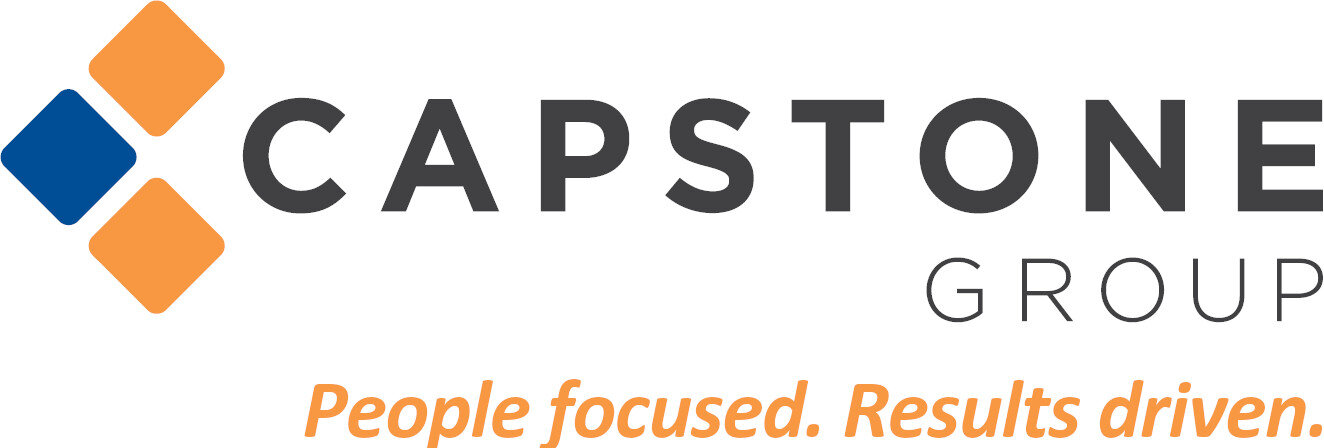From gas stations to grocery stores, you've almost certainly noticed that the costs of goods and services are skyrocketing with no end seemingly in sight. The American Healthcare system is no exception, as the rising costs of inflation coupled with the unrelenting strain of the COVID-19 pandemic on both the workforce and supply chains have led to ongoing challenges. With an unpredictable future ahead, making business decisions about balancing a tighter budget while still offering a competitive employee benefits package is more difficult than ever.
Today, inflation in the United States has reached rates not seen in years. The Consumer Price Index rose by 8.6% year-over-year in May 2022. All indications lead us to believe that it is only a matter of time before healthcare prices catch up to this increase. We've heard from clients that they are surprised that there hasn't been a more immediate substantial increase in healthcare costs currently. These dramatic increases are only being delayed by the unique characteristics of the healthcare industry. While other companies can raise the price of commodities such as food, gasoline, and raw materials immediately, that's not how it works in healthcare, where prices are set by government programs or negotiated with private insurers at an earlier point in time. In healthcare services, prices, reimbursement rates, labor contracts and several other input factors are set two to three years in advance. So, while physicians, hospitals, and other healthcare providers face higher costs—mainly increases in areas with shortages such as nursing and supplies— there will likely be a lag before consumers experience the same pressures.
We see this situation ultimately playing out in two steps. First, providers will demand higher reimbursement rates. Second, payers will pass higher costs to employers and consumers in the form of higher annual premiums and an increase in out-of-pocket expenses such as copays and coinsurance.
As for health insurance premiums, Peterson-KFF Health System Tracker's 23rd annual Employer Health Benefits Survey found that single and family premiums for employer-sponsored health insurance were up 4 percent in 2021. Also, The KFF survey found that the average family premium has risen 22 percent over the last five years and an astounding 47 percent over the past ten years. This burden of higher health insurance costs is shared by employers and employees alike. In 2021, covered employees contributed an average of 17 percent of the premium for single health coverage and 28 percent for family coverage. This means employers covered 83 percent of single premiums and 72 percent of family premiums last year.
Controlling Rising Healthcare Costs
While we can't predict how the inflation rate will fluctuate in the coming years, we can assume that healthcare costs and health insurance premiums will continue to ascend. What can your organization do to mitigate these price increases without sacrificing the quality of your overall employee benefits program?
Because inflation and the increased costs charged by healthcare providers are generally outside of your control, mitigating its effects is the best option for employer groups. Now is the time to be talking to your healthcare advisors and evaluating cost control methods. Evaluating and implementing products and concepts like alternative-funded health plans (self-insurance, level-funding, group captives, and consortiums), reference-based pricing, voluntary benefit offerings, and the utilization of Tax-Advantaged Accounts (HRAs, HSAs, DCAs, FSAs, etc.) are just a few of the strategies that enable employers to better manage healthcare spending. The KFF survey referenced earlier found that 64 percent of covered workers are now enrolled in self-funded plans, and 42 percent of small firms reported using level-funded plans. Both of these numbers are an increase from previous years' surveys, providing further proof that alternative funding models are continuing to gain traction compared to traditional fully-insured health plans.
A small silver lining, the IRS recently announced higher Health Savings Account (HSA) contribution limits for 2023 to help combat the inflation surge. The annual inflation-adjusted limit on HSA contributions for self-only coverage will be $3,850, up from $3,650 in 2022. The HSA contribution limit for family coverage will be $7,750, up from $7,300. The adjustments represent approximately a 5.5 percent increase over 2022 contribution limits, a substantial increase, whereas these limits rose by about 1.4 percent between 2021 and 2022.
Our top priority is to ensure your business is taking advantage of every possible course of action to reverse the trend of annual premium increases that will allow you to reallocate and reinvest those funds into initiatives that will more directly drive business growth. If you are a business owner or decision-maker within your organization struggling with the ever-increasing costs of offering a competitive employee benefits program, please don't hesitate to reach out to me directly or our team at Capstone to start a conversation!
Contact Us:
Joseph Fox
Senior Vice President - Employee Benefits
jtfox@capstonegrp.com
Office: 215-542-8030






